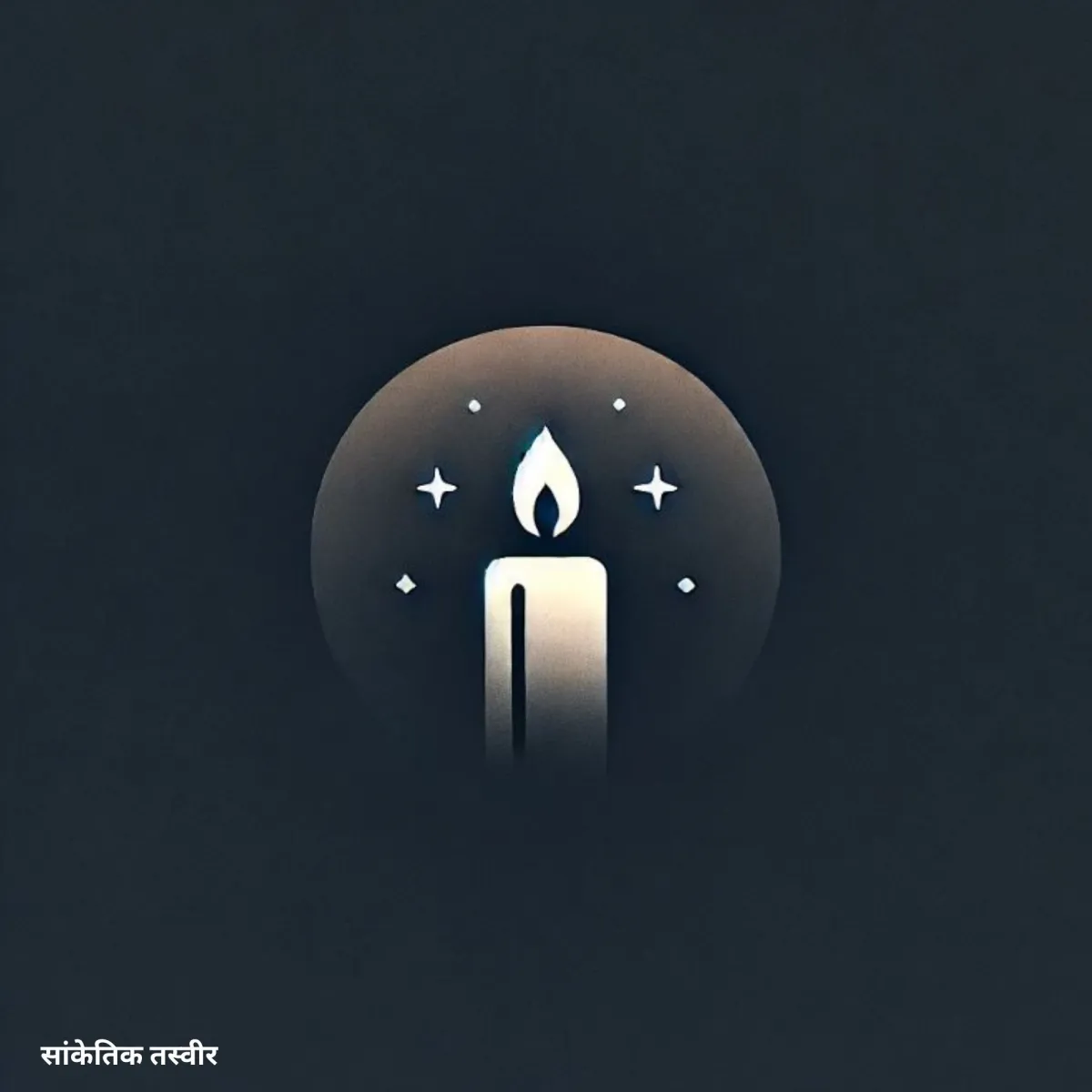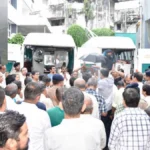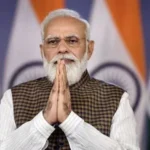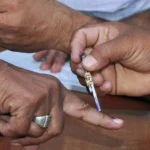New Delhi: Former Jammu and Kashmir Governor Satyapal Malik passed away on Tuesday at a hospital here after a prolonged illness. He was 79 years old.
His last rites will be held at 4 PM on Wednesday at the crematorium on Lodhi Road.
During his long political career, Malik served as a member of both the Lok Sabha and Rajya Sabha, as well as the Governor of Goa, Bihar, Meghalaya, and Odisha. He passed away at 1:12 PM at Ram Manohar Lohia (RML) Hospital.
He had been in the hospital’s Intensive Care Unit (ICU) for an extended period, undergoing treatment for multiple illnesses.
RML officials stated in a release, “With deep sorrow, we confirm the passing of Satyapal Malik. He was under treatment in our hospital’s ICU.”
They noted that Malik had long been battling health issues, including diabetes, kidney disease, hypertension, obesity, and sleep apnea.
According to the hospital’s statement, Malik was admitted on May 11 at 12:04 PM due to a complicated urinary tract infection. Subsequently, he developed refractory septic shock caused by the infection, pneumonia acquired during hospitalization, and multi-organ dysfunction.
Septic shock is a critical condition where multiple organs fail simultaneously.
The statement added, “Despite ventilator support, intensive care management, and multiple antibiotics, Malik’s condition continued to deteriorate.”
It further mentioned, “Malik suffered from severe kidney disease and disseminated intravascular coagulation (formation of small blood clots in vessels), requiring repeated hemodialysis. He passed away on August 5, 2025, at 1:12 PM.”
His last rites will be performed at 4 PM on Wednesday at the Lodhi Road crematorium in the national capital.
Lodhi Road crematorium
The Lodhi Road Crematorium, located in New Delhi, India, is one of the city’s oldest and most prominent cremation grounds, serving the Hindu community for decades. It holds historical significance as the site where several notable Indian figures, including political leaders and celebrities, have been cremated. The crematorium is situated near the historic Lodhi Gardens, adding to its cultural and historical context in the heart of Delhi.
Ram Manohar Lohia (RML) Hospital
Ram Manohar Lohia (RML) Hospital, located in New Delhi, India, is a prominent government-run tertiary care hospital established in 1932. Originally known as Willingdon Hospital, it was renamed in 1984 after the socialist leader Ram Manohar Lohia. The hospital is known for its extensive healthcare services, medical education, and research, playing a key role during public health crises like the COVID-19 pandemic.
Lok Sabha
The Lok Sabha is the lower house of India’s bicameral Parliament, located in New Delhi. Established in 1952 after India’s independence, it represents the people through directly elected members and plays a key role in lawmaking and governance. The current Lok Sabha building, part of the Parliament House complex, was inaugurated in 1927 during British rule and remains a symbol of India’s democratic traditions.
Rajya Sabha
The **Rajya Sabha**, or the Council of States, is the upper house of India’s Parliament, established in 1952 under the Constitution. It represents India’s states and union territories, with members elected by state legislatures or nominated by the President for their expertise in arts, sciences, or social services. Designed to provide stability and federal balance, it reviews and suggests amendments to legislation passed by the Lok Sabha (lower house).
Goa
Goa, a state on India’s western coast, is renowned for its pristine beaches, vibrant culture, and rich colonial history. Once a major Portuguese colony for over 450 years (1510–1961), it boasts a unique blend of Indian and European influences, evident in its architecture, cuisine, and festivals like Carnival. Key attractions include the Basilica of Bom Jesus, a UNESCO World Heritage Site housing the relics of St. Francis Xavier, and the lively beach towns of North and South Goa.
Bihar
Bihar, located in eastern India, is a historically and culturally significant region known as the birthplace of Buddhism, as it was where the Buddha attained enlightenment in Bodh Gaya. It was also the center of the ancient Magadha Empire and home to the renowned Nalanda University, one of the world’s first residential universities (5th–12th century). Today, Bihar remains an important pilgrimage site and a hub of historical heritage, with landmarks like the Mahabodhi Temple and ruins of Nalanda attracting visitors worldwide.
Meghalaya
Meghalaya, a state in northeastern India, is known for its lush green landscapes, rolling hills, and abundant rainfall, earning it the nickname “the abode of clouds.” Rich in cultural diversity, it is home to the Khasi, Garo, and Jaintia tribes, each with unique traditions and matrilineal societies. Historically, the region was part of Assam before becoming a separate state in 1972, and it is famed for its living root bridges, sacred forests, and vibrant festivals like Nongkrem Dance and Wangala.
Odisha
Odisha, located on India’s eastern coast, is renowned for its rich cultural heritage, ancient temples, and vibrant traditions. It is home to the iconic Sun Temple at Konark, a UNESCO World Heritage Site built in the 13th century, and the Jagannath Temple in Puri, a major Hindu pilgrimage site. The state’s history dates back to ancient Kalinga, famous for the Kalinga War (261 BCE), which led Emperor Ashoka to embrace Buddhism.






